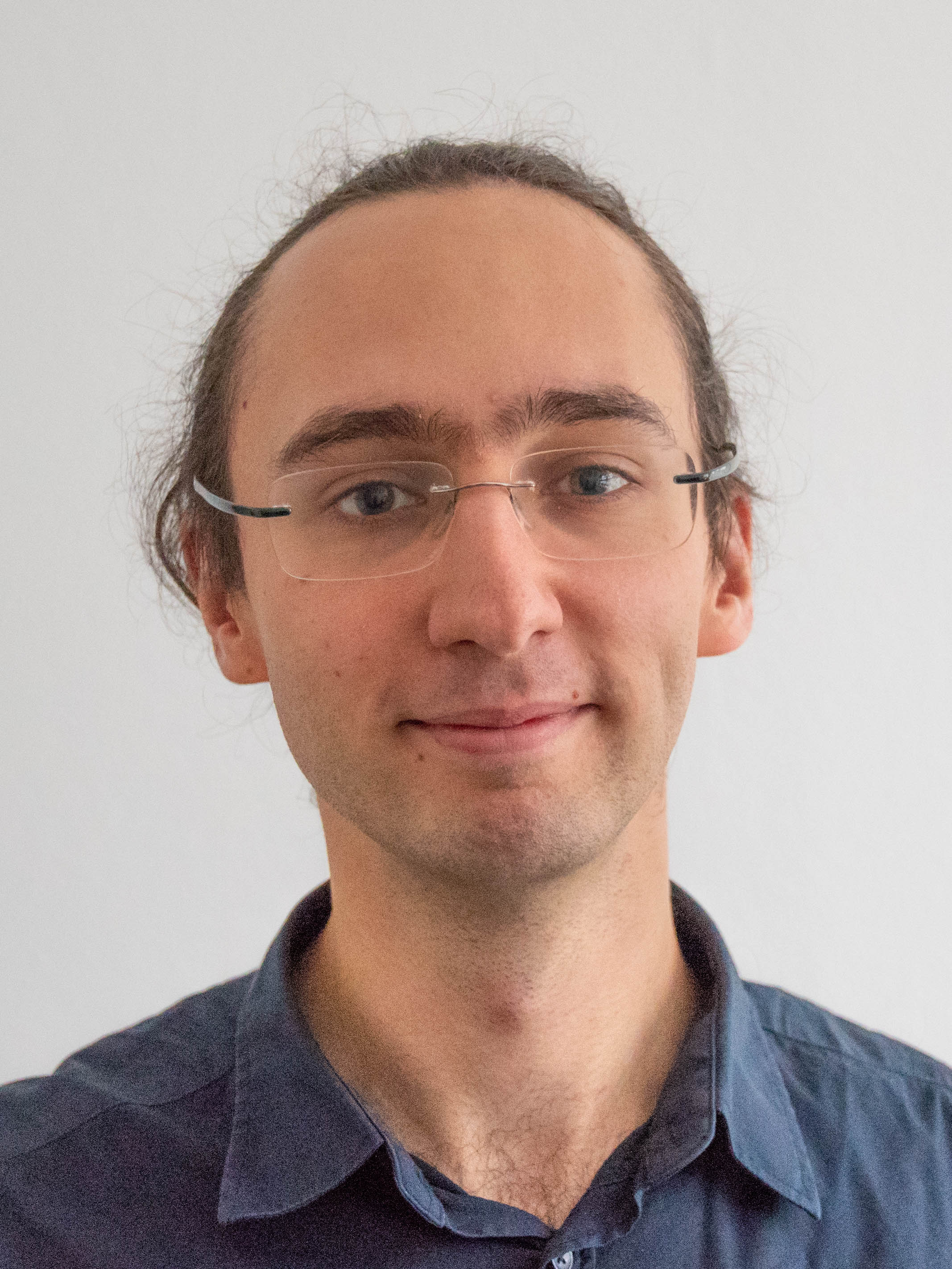

Sprechstunde nach Vereinbarung per E-Mail.
Prof. Dr. Rudolf Zeidler is an alumni member of the department. Below, you find some of the former contact data which may or may not still be valid.
| Private Homepage | https://www.rzeidler.eu |
| Topics in Mathematics Münster | T1: K-Groups and cohomology T2: Moduli spaces in arithmetic and geometry T5: Curvature, shape, and global analysis |
| rudolf.zeidler@uni-muenster.de | |
| Secretary | Sekretariat AG Topologie Frau Claudia Rüdiger Telefon +49 251 83-35159 Fax +49 251 83-38370 Zimmer 516 |
| Diese Seite editieren |


